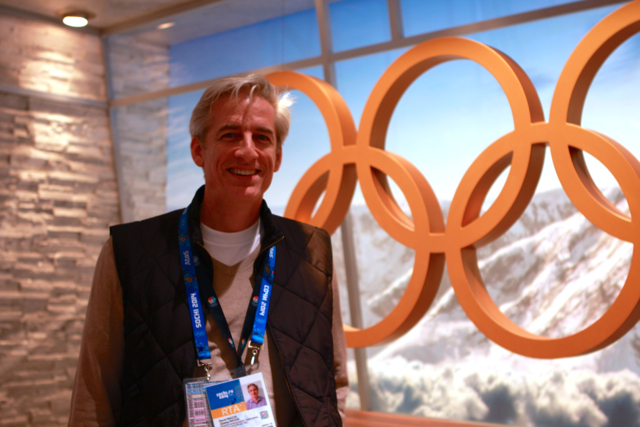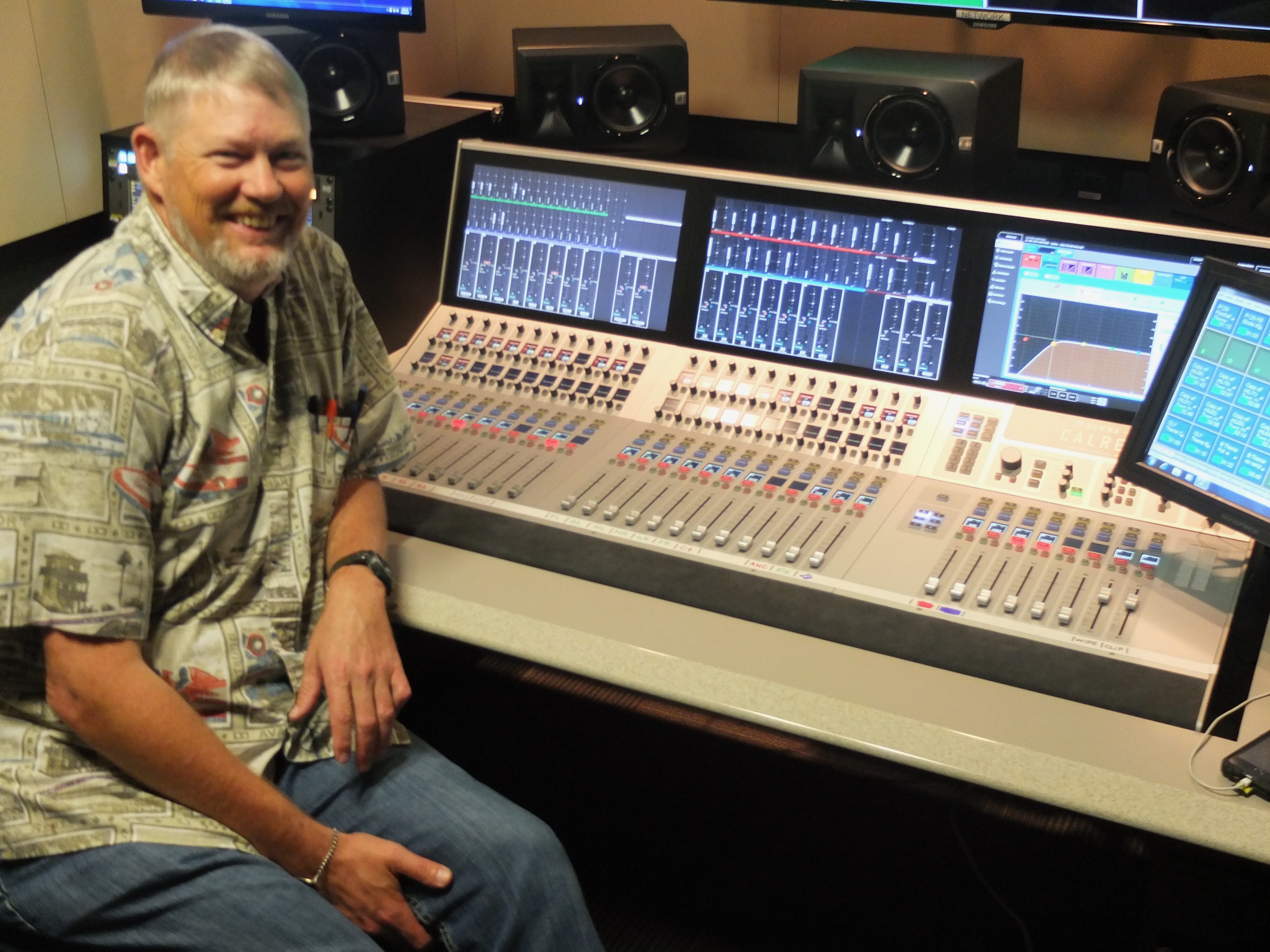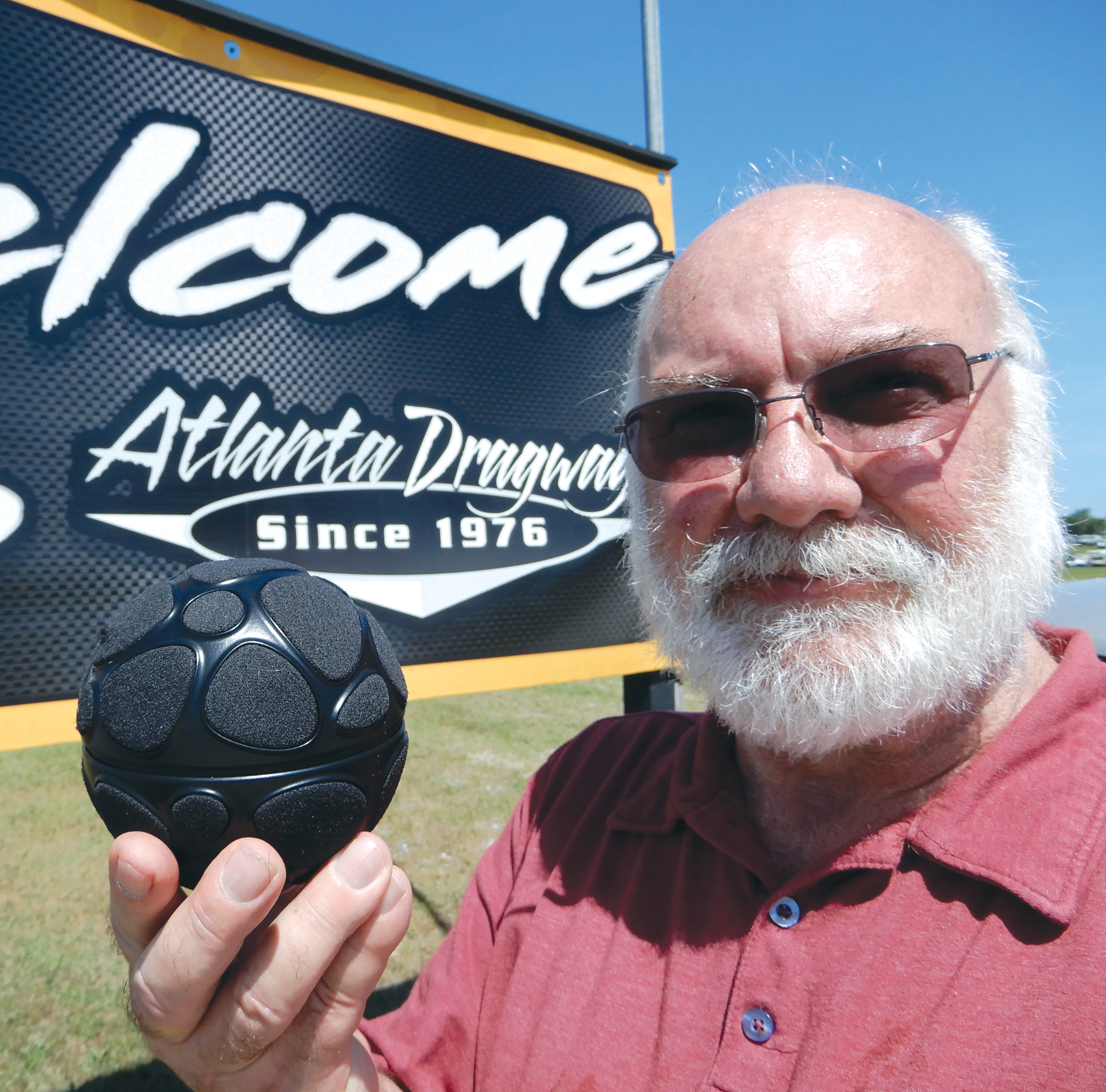How Audio has Adapted to the New REMI Normal
Enough work had been done prior to the pandemic to make the transition easier

The Covid pandemic of the past two years has accelerated the process, technology and acceptance of credible remote productions now known as REMI (remote integration model).
I’m surprised that the paradigm shift from on-site production to a centralized model has taken so long. I started traveling for sports weekly in the early 80s and watched the cost of travel only go up, particularly for international trips and was shocked that broadcasters continued to send so many people to live events for so many years.
I’ve often wondered why commentators had to be on-site or in the venue. Take basketball, for example. Why do the commentators have to be next to the court or on the edge of the 18th green? Courtside or green side can only contribute to excessive crowd noise in the headset boom microphone which only distorts the mix.

NBC Olympics
Dave Mazza, senior vice president and CTO for NBC Sports and NBC Olympics, was at the forefront of remote production as early as the 1996 Olympics in Atlanta when NBC sent three dozen video feeds to New York where editing, replays, graphics and other production tasks were based. At the time, remote Ethernet controls and a file-based workflow did not exist.
In 2013 Mazza’s team opened the Stamford Production Operations Center (SPOC) in Stamford Conn. which first provided facilities for the 2016 Rio Games with more than 1,100 people supporting the production. This effort was twice as large as any previous at-home operation.
As early as 2004 NBC’s Bob Dixon and Al Craig worked together to provide remote commentary from certain venues at the Athens Olympics. “Initially the audio was transported over ISDN, but later switched to AOIP in 2006 for the Torino Winter Games,” Craig said. “Torino was the full test where the morning sessions from the Curling competition were captured and produced at the IBC [International Broadcast Center] in Torino and then switched all signals and control over to NBC facilities at Englewood Cliffs for the evening sessions.”
After the 2010 Vancouver Olympics, I began to see the demand for space at the IBC start to decline and clearly by Beijing 2022 rights holders’ demand for venue space was even further reduced, particularly by NBC.
The professional video industry's #1 source for news, trends and product and tech information. Sign up below.

“NBC developed what is known as the ‘Off Tube Factory’ which were temporary soundproof booths at the SPOC in Stamford where over time more and more of the sports were called off tube,” Craig said. “At the Beijing Winter Games there were no commentators at any venue, everything was announced ‘off tube’ except for Opening Ceremonies. NBC is currently using Lawo Commentary Units which allow for more signals to and from the IBC.”
Pac-12 Centralized Production
The Pac-12 first started doing centralized production in 2013 with 35 shows in their first season and in 2021 met their yearly production goal of 850 live events using the centralized model. I asked Glenn Stilwell who has been on the mixing desk since the beginning about latency issues and lip sync.
“At the Beijing Winter Games there were no commentators at any venue, everything was announced ‘off tube’ except for Opening Ceremonies."
Al Craig
“In order for it to work, engineering designed a custom piece of software to run local DSP and then the audio stems are directly embedded into the camera path,” he said. [It’s] very reliable and always within 2ms because it’s embedded on-site before it’s shipped to us. They now use four camera paths with up to eight stems each; so 32 stems possible, although the older vans can only do four channels on the fourth path.”
I also asked Glenn about the number and positions of on-site crew and studio crew.
“On-site there usually is one or two audio assists, a video operator, although sometimes the OB EIC shades the cameras when the shows are indoors and there is not much variation in light,” he said. “There would be the camera operators, a unit manager or technical manager and a couple of utilities. Ninety-five percent of the time the presenters are on-site.

“For something like baseball or softball we will also have interview headsets in each dugout,” Stilwell added. “In-studio there is the director, producer, technical director, audio mixer, graphics operator, font coordinator, bug op, and 1-4 replay [tape] ops.”
Tested and Proven
I think when live sports shut down in 2020, virtually all aspects of remote control production had been tested and proven. Manufacturers and engineering departments accelerated the effort and budgets to get and keep live sports and entertainment on the air, clearly solidifying the new workflow.
I understand the arguments that the announcers should be on-site to soak up the energy and be close to the athletes and coaches at a live event—OK, perhaps a couple of sideline reporters, but not the entire play-by-play and color team. And why have the halftime jibber jabber overlooking an empty field? Remember during the 2022 NFL playoffs when the commentators’ set ended up in front of a PA cluster used for the halftime entertainment? How did that work out? Clearly the benefit of having the announcers on the sideline vanished with the first guitar strum.
The magic of being on location is the roots of live sports production—the vibe, energy and the ability to capture it all and craft a story. Television—and particularly sports—can be a low-attention activity and the producers are always trying to keep viewers eyeballs.
But just because engineering can do a remote from somewhere on earth why should they? My new pet peeve is CNN hosting a rotation of commentators on a hotel balcony in Lviv, Ukraine. The background for host Brianna Keilar looks like a tinted surreal photograph—spooky and miserable. I have to ask: What is the entertainment value?
Dennis Baxter has spent over 35 years in live broadcasting contributing to hundreds of live events including sound design for nine Olympic Games. He has earned multiple Emmy Awards and is the author of “A Practical Guide to Television Sound Engineering,” published in both English and Chinese. His current book about immersive sound practices and production will be available in 2022. He can be reached at dbaxter@dennisbaxtersound.com or at www.dennisbaxtersound.com.

